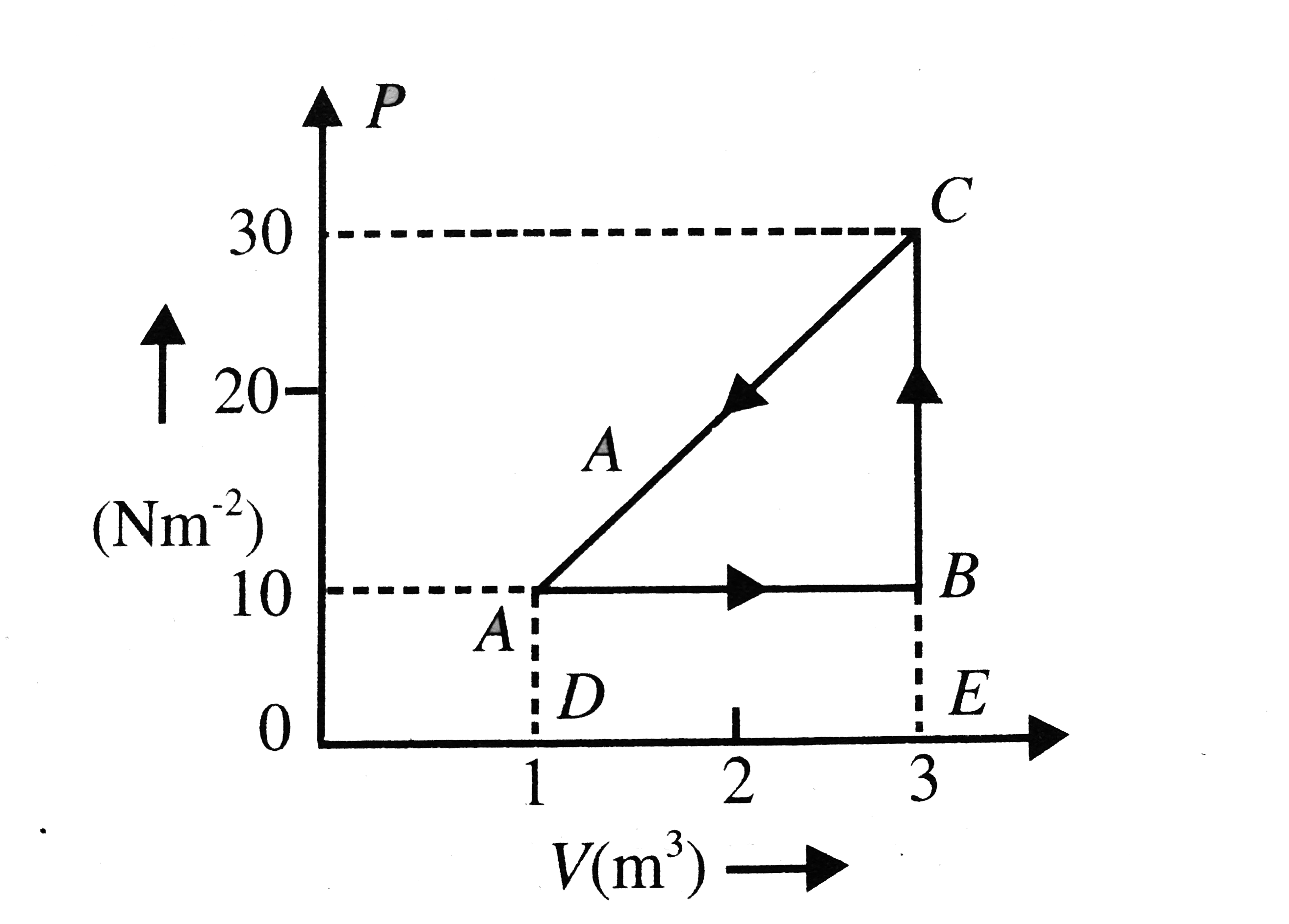Look at the figure of a ball resting on top of a wall. At A, it's energy is 50 J. It falls down, at B its PE is 30 J.

Write the value of PE and KE at point A.
Step by step video & image solution for Look at the figure of a ball resting on top of a wall. At A, it's energy is 50 J. It falls down, at B its PE is 30 J. Write the value of PE and KE at point A. by Physics experts to help you in doubts & scoring excellent marks in Class 7 exams.
Updated on:21/07/2023Topper's Solved these Questions
Similar Questions
Look at the figure of a ball resting on top of a wall. At A, it's energy is 50 J. It falls down, at B its PE is 30 J.

What is the KE at the point B.
View SolutionLook at the figure of a ball resting on top of a wall. At A, it's energy is 50 J. It falls down, at B its PE is 30 J.

What will be the total energy at point C?
View SolutionLook at the figure of a ball resting on top of a wall. At A, it's energy is 50 J. It falls down, at B its PE is 30 J.

Which law helped us to calculate the energies above?
View SolutionLook at the figure of a ball resting on top of a wall. At A, it's energy is 50 J. It falls down, at B its PE is 30 J.

What kind of energy does the ball have just before touching the ground? What is the value of this energy?
View SolutionLook at the figure given below and answer the following questions:

If the car is at rest at W and has a maximum PE of 6000 J
If the PE at Y is 2800 J, what will be its KE at Y?
View SolutionLook at the figure given below and answer the following questions:

If the car is at rest at W and has a maximum PE of 6000 J
At Z, if the KE is 4000 J, what would be the PE at Z?
View SolutionAn ideal gas is taken round a cyclic thermodynamic process ABCA as shown if Fig. If the internal energy of the gas at point A is assumed zero while at B it is 50 J. The heat absorbed by the gas in the process BC is 90 J.
(a) What is the internal energy og the gas at point C ?
(b) How much heat energy is absorbed by the gas in the process AB?
(c ) Find the heat energy rejected or absorbed by the gas in the process CA.
(d) What is the net work done by the gas in the complete cycle ABCA ?

View SolutionA car resting on top of a hill at point I (Fig. C) has a PE of 16000 J.
a. Calculate its kinetic energy at II, if its PE at that point is 9000 J.
b. What will be its KE as it reaches the final point lll down the hill?
c. What will be its PE at the point III?
d. What will be its mechanical energy at points I, II, and III?
e. Which law helped you to arrive at

View SolutionLook at the figure given below and answer the following questions:

If the car is at rest at W and has a maximum PE of 6000 J
What will be its KE at X, if PE = 0?
View SolutionIn the given figure, an ideal gas changes it state from A to state C by two paths ABC and AC.
(i) Find the path along which work done is the least.
(ii) The internal energy of the gas at A to 10J and the amount of heat supplied to change its state to C through the path AC is 200J. Calculate the internal energy at C.
(iii) The internal energy of the gas at state B is 30J. Find the amount of heat supplied to the gas to go from A→B.

View Solution
